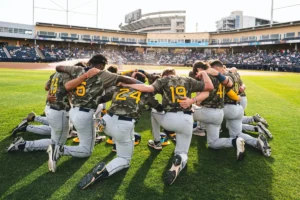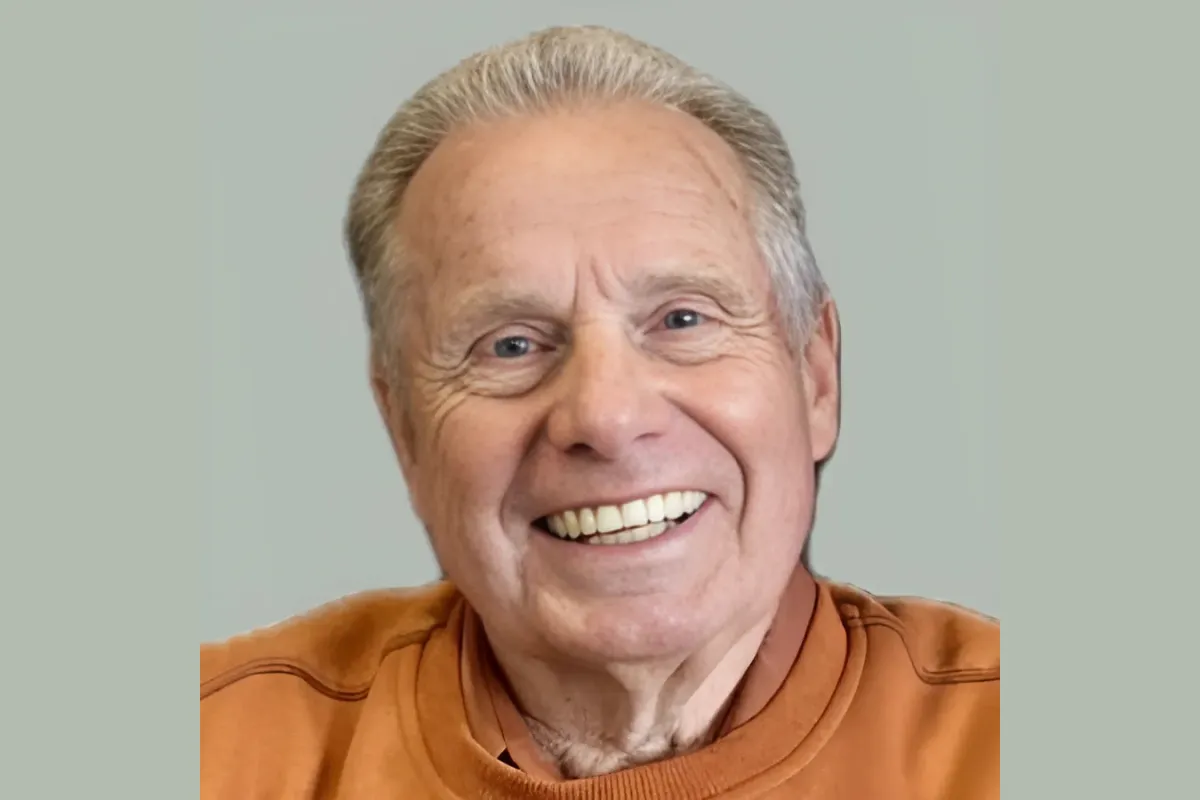West Virginia’s new head basketball coach Ross Hodge is wasting no time showing he understands how to build a team. Just weeks into his tenure, Hodge has already delivered a pair of eye-catching signings that demonstrate a clear grasp of what today’s game demands — a balance of height, skill, and versatility.
First up was 7-foot center Harlan Obioha, a transfer from UNC-Wilmington, followed closely by 5-foot-10 guard Honor Huff, who lit it up last season at Chattanooga. They’re physical opposites, but in today’s basketball world, they might be the perfect duo. One can control the paint; the other can light up the scoreboard from deep.
In essence, Hodge has found his “Mr. Inside” and “Mr. Outside” — and if these additions pan out, WVU could be on the rise again in the fiercely competitive Big 12.
Huff Brings the Heat from Downtown
Huff’s size has sparked debate. At 5-foot-10 and 168 pounds, he’s on the smaller side for a Power 4 guard. But what he lacks in height, he makes up for in production. Huff led all of Division I with 131 made 3-pointers last season and has knocked down 240 threes in two seasons at nearly 40% accuracy. That’s the kind of elite shooting WVU has missed.
Skeptics question whether Huff can withstand the Big 12’s physical style. But history shows that undersized guards can thrive. Last year, the Mountaineers had success with Javon Small. And on the women’s side, JJ Quinerly, despite being just 5-foot-8, became a third-round WNBA draft pick.
WVU has a history with smaller guards. Jabarie Hinds (5-11) logged major minutes a decade ago. Lionel Armstead, also 5-11, scored over 1,000 points during his career. Jonathan Hargett, one of the most talented yet controversial guards in WVU history, averaged 13.6 points in his lone season in 2001-02.
Looking further back, Steve Berger (5-11) left Morgantown with 574 career assists, and 5-8 Marsalis Bailey, a Martinsburg native, once scored 36 points in a double-overtime win. Clearly, there’s precedent for players of Huff’s size to succeed — especially when they can shoot like he can.
Still, the Big 12 is a different beast. Last year, freshman KJ Tenner, listed at 6-foot and 166 pounds, struggled in the physical conference before transferring to Murray State. Huff, however, arrives with more experience and proven scoring chops.
Obioha Anchors the Paint
While Huff stretches the floor, Obioha will be expected to protect the rim and clean the glass. At 7-foot tall, he adds an immediate interior presence. Last season at UNC-Wilmington, he averaged 9.2 points, 6 rebounds, and 1.3 blocks per game. He’s not just tall — he’s effective.
Obioha joins a lineage of impactful bigs at WVU. From Jesse Edwards to Derek Culver and Eduardo Andre, Mountaineer fans have embraced shot-blocking, hard-rebounding centers. And, of course, Kevin Pittsnogle’s name still echoes in WVU lore as one of the most versatile big men in school history.
Hodge sees potential in Obioha’s experience and physical tools. “He’s been part of winning a championship and brings NCAA Tournament experience,” Hodge said. “He gives us a physical presence on both ends of the floor.”
Building a Balanced Roster
The early signs suggest that Hodge is bringing a modern, strategic approach to roster construction — one that embraces both skill and size. With the college basketball landscape becoming more competitive each year, especially in the Big 12, finding the right fit matters more than just chasing stars.
Obioha and Huff represent that balance. One will own the rim; the other will patrol the perimeter. And together, they might just be the foundation of a turnaround in Morgantown.
The pressure is on, but Hodge seems ready. With these early moves, he’s not just filling spots — he’s building a team with intention and identity.
If these additions are any indication, WVU basketball under Ross Hodge could be a force to watch.












